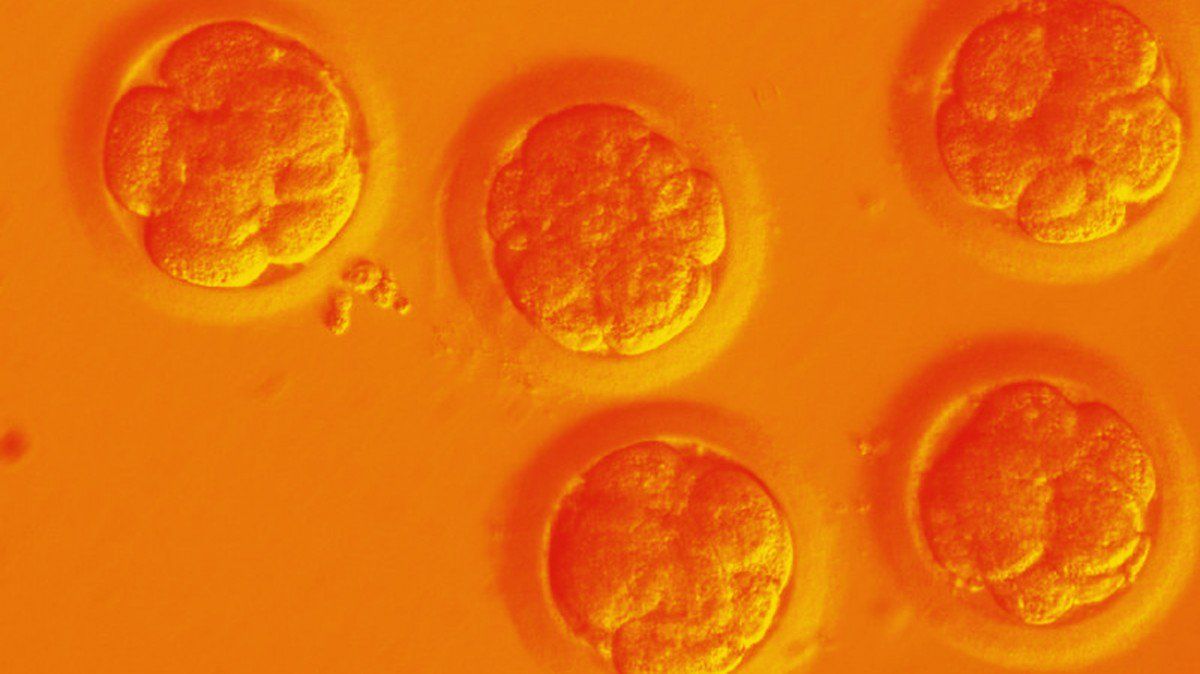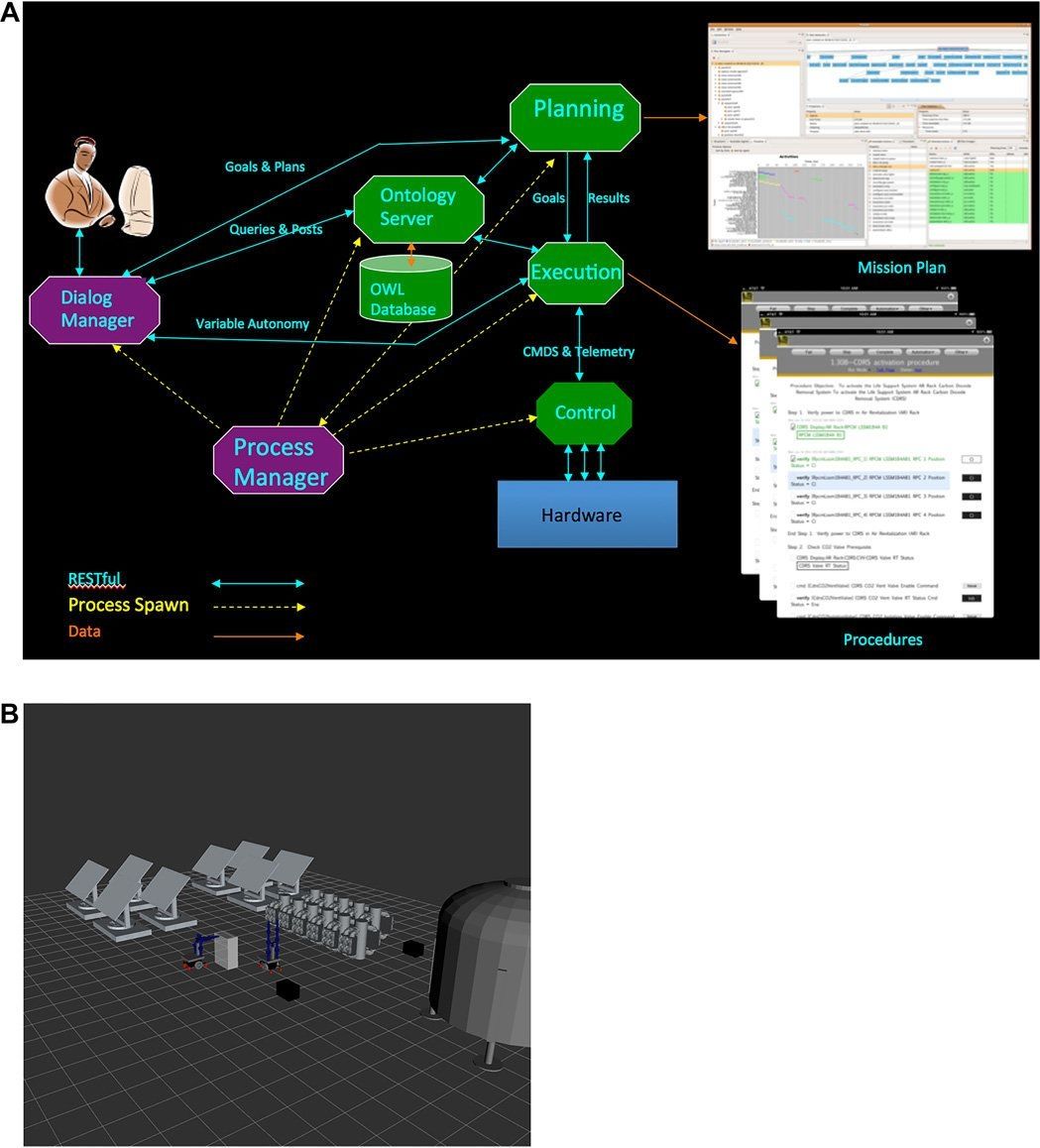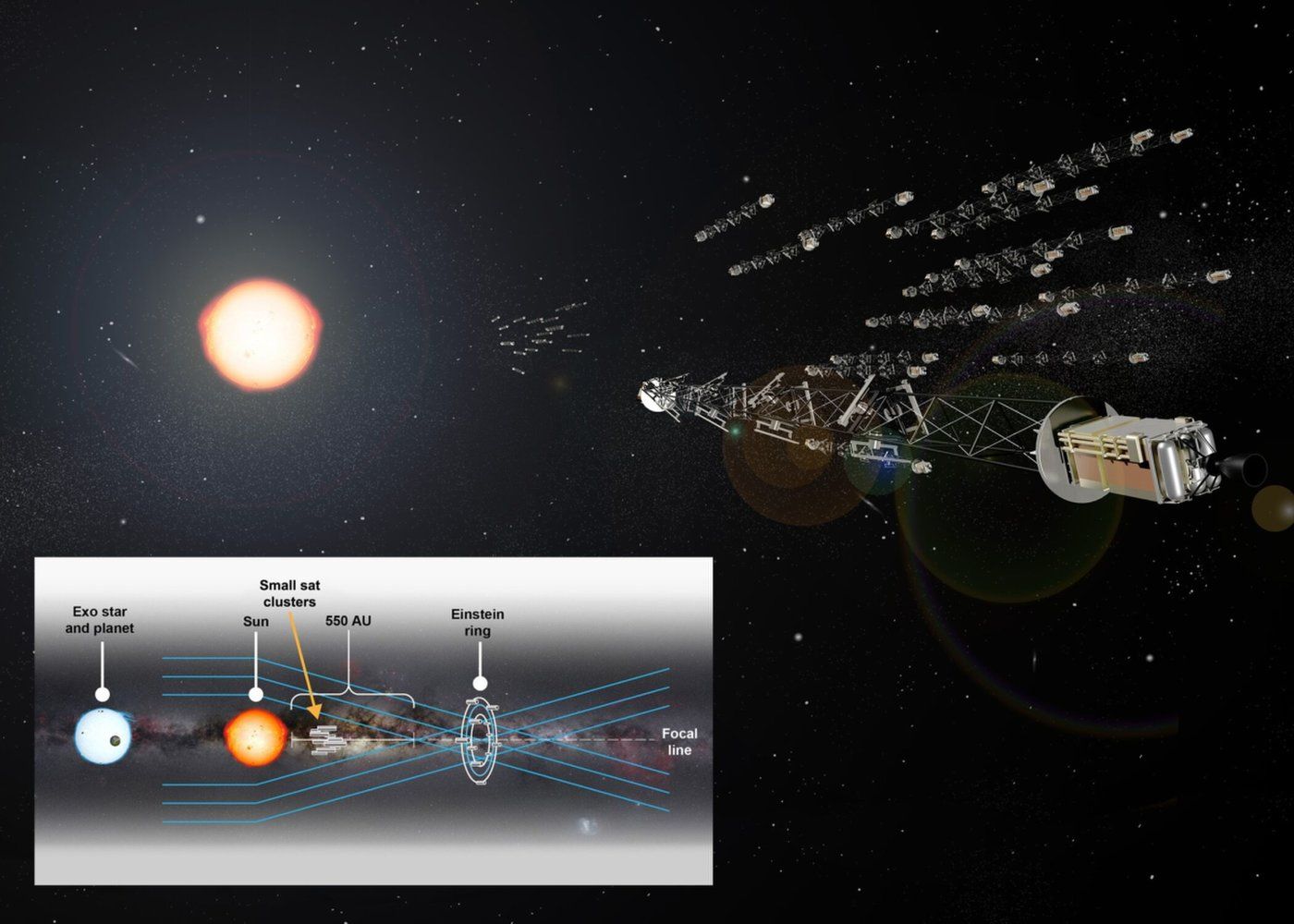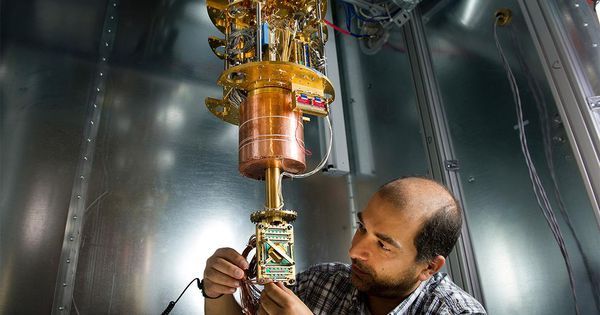Page 9335
Nov 26, 2018
Dangerous Infection Tied To Hospitals Now Becoming Common Outside Them
Posted by Genevieve Klien in categories: biotech/medical, health
C. Diff Infections Crop Up Outside Hospitals And Nursing Homes : Shots — Health News Infections with Clostridium difficile can be difficult to treat and life-threatening. Once a problem seen mainly in health care facilities, the infections are now occurring often in the community.
Nov 26, 2018
EXCLUSIVE: Chinese scientists are creating CRISPR babies
Posted by Klaus Baldauf in categories: bioengineering, biotech/medical
A daring effort is under way to create the first children whose DNA has been tailored using gene editing.
Nov 26, 2018
Engineers developing a HAL 9000-type AI system for monitoring planetary base stations
Posted by Klaus Baldauf in categories: entertainment, robotics/AI, space
A team of engineers at TRACLabs Inc. in the U.S. is making inroads toward the creation of a planetary base station monitoring system similar in some respects to Hal 9000—the infamous AI system in the movie 2001: A Space Odyssey. In this case, it is called cognitive architecture for space agents (CASE) and is outlined in a Focus piece by Pete Bonasso, the primary engineer working on the project, in the journal Science Robotics.
Bonasso explains that he has had an interest in creating a real Hal 9000 ever since watching the movie as a college student—minus the human killing, of course. His system is designed to run a base situated on another planet, such as Mars. It is meant to take care of the more mundane, but critical tasks involved with maintaining a habitable planetary base, such as maintaining oxygen levels and taking care of waste. He notes that such a system needs to know what to do and how to do it, carrying out activities using such hardware as robot arms. To that end, CASE has been designed as a three-layered system. The first is in charge of controlling hardware, such as power systems, life-support, etc.
The second layer is more brainy—it is in charge of running the software that controls the hardware. The third layer is even smarter, responsible for coming up with solutions to problems as they arise—if damage occurs to a module, for example, it must be sealed off from others modules as quickly as possible. The system also has what Bonasso describes as an ontological system—its job is to be self-aware so that the system can make judgment calls when comparing data from sensors with what it has learned in the past and with information received from human occupants. To that end, the system will be expected to interact with those humans in ways similar to those portrayed in the movie.
Nov 26, 2018
This Is How Astronomers Solved The ‘Zone Of Avoidance’ Mystery
Posted by Genevieve Klien in categories: space, transportation
Galaxies are found uniformly everywhere in the Universe, except in the Milky Way’s plane. Here’s why.
Nov 26, 2018
NASA ScienceCasts: New InSight into the Red Planet
Posted by Michael Lance in category: space travel

We’ve always referred to Mars as the Red Planet because of its surface color. But what’s below that dusty crust? NASA InSight mission is currently cruising through space, set for our #MarsLanding and determined to find out.
Nov 26, 2018
Support LEAF in Project for Awesome 2018
Posted by Steve Hill in category: biotech/medical

Since 2007, the Project for Awesome, simply known as P4A, has been helping to make the world a better place. It is an initiative of the Foundation to Decrease World Suck, a Montana-based charitable organization run by Hank and John Green, and their plan is simple: to make the world suck less.
Continue reading “Support LEAF in Project for Awesome 2018” »
Nov 26, 2018
Exploring the resurrection of digital consciousness using AI
Posted by Carse Peel in category: robotics/AI
Researchers at Shree Devi Institute of Technology, in India, have recently carried out a study investigating the use of artificial intelligence (AI) to communicate with deceased loved ones. Like in the chilling sci-fi fantasy foreshadowed by popular television series Black Mirror, AI tools could soon allow people to connect with virtual versions of deceased dear ones.
Shriya Devadiga and Bhakthi Shetty, the two researchers who carried out the study, wanted to further examine this fascinating and yet rather unsettling possibility. They particularly focused on Replica AI, an app designed to create duplicates of people’s digital personalities, allowing others to communicate with them.
“We got the basic idea for our study from Eugenia Kuyda, the founder of Replika AI,” Devadiga told TechXplore. “Replika’s basic purpose is to create a personal AI that can help people to express themselves through helpful conversations. Someday, you will die, leaving behind a lifetime of text messages, posts, and other digital ephemera. For a while, your friends and family may put these digital traces out of their minds, but then later feel out of place because they miss the loved ones. So our main objective was to explore ways of relieving the pain of this loss, at least bitwise.”
Continue reading “Exploring the resurrection of digital consciousness using AI” »
Nov 26, 2018
‘Solar Gravity Lens’ Could Bring Exoplanets into Sharp Focus
Posted by Genevieve Klien in categories: alien life, innovation
An innovative deep-space concept that relies on a solar gravity lens (SGL) to enable enhanced viewing of exoplanets is under study by researchers at NASA’s Jet Propulsion Laboratory (JPL) and The Aerospace Corporation.
The SGL would provide 100-billion-fold optical magnification, allowing it to show details as small as 6 miles (10 kilometers) across — similar to being able to spot something the size of New York City on an exoplanet, study team members said.
As detailed in a press statement from The Aerospace Corporation, according to Einstein’s theory of relativity, light traveling through space will bend if it passes near sufficiently massive objects. This means that distant light will bend around the periphery of the sun, eventually converging toward a focal region as if it had passed through a lens. [13 Ways to Hunt Intelligent Aliens].
Nov 26, 2018
Quantum Computing Can Reshape Our Physical Infrastructure If We Let It
Posted by Genevieve Klien in categories: information science, quantum physics, robotics/AI, transportation
Despite growing excitement around the transformative potential of quantum computing, leaders in many industries are still unfamiliar with the technology that’s likely to prove more disruptive than Artificial Intelligence and blockchain. This ignorance seems particularly acute in industries that deal with physical systems and commodities. In an informal survey of two dozen executives in transportation, logistics, construction and energy, only eight had heard of quantum computing and only two could explain how it works.
In many ways this lack of awareness is understandable. Quantum computing’s value to our digital infrastructure is obvious, but its value to our physical infrastructure is perhaps less evident. Yet, the explosion of power and speed that quantum computers will unleash could indeed have a profound impact on physical systems like our transportation and utility networks. For companies, municipalities and nation states to stay competitive and capture the full benefit of the quantum revolution, leaders must start thinking about how quantum computing can improve our infrastructure.
Unlike classical computers, in which a bit of information can be either a zero or a one, quantum computers are able to take advantage of a third state through a phenomenon known as superposition. Superposition, which is a property of physics at the quantum scale, allows a quantum bit or qubit to be a zero, a one or a zero and a one simultaneously. The result is an astronomical increase in computational capacity over existing transistor-based hardware. Google, for example, has found that its quantum machines can run some algorithms 100 million times faster than conventional processors.
Continue reading “Quantum Computing Can Reshape Our Physical Infrastructure If We Let It” »

















